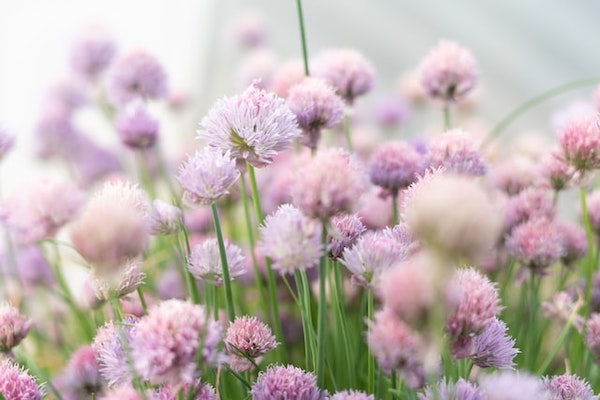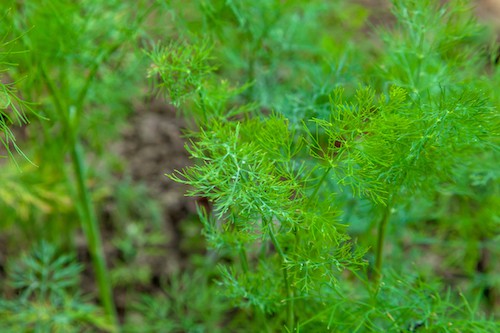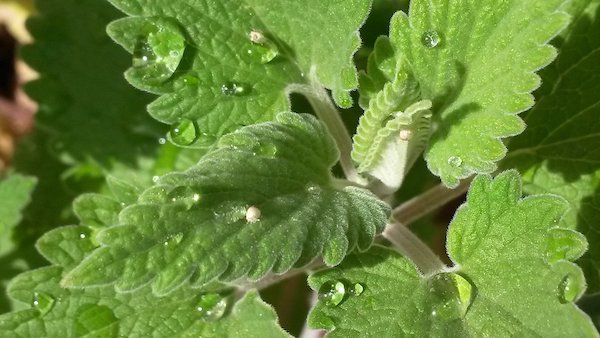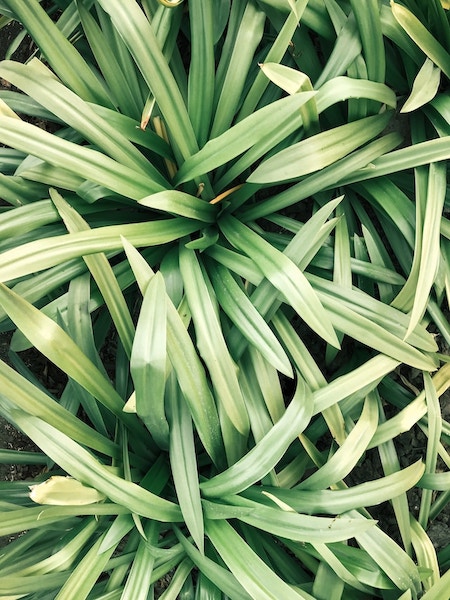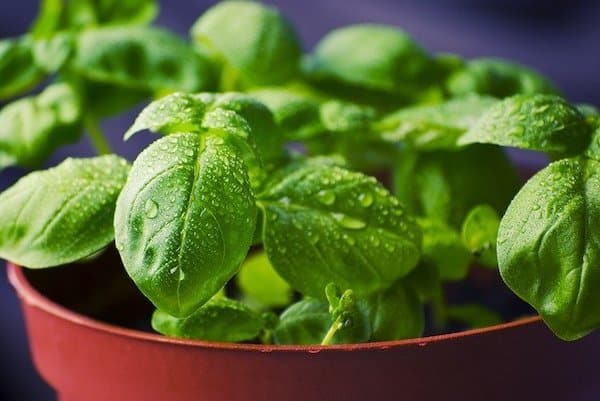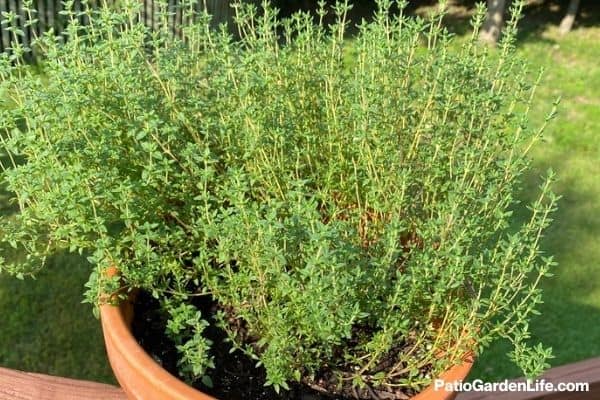Growing parsley in pots
Ultimate guide to growing parsley in containers
Parsley has gotten such a bad rap. Those little hard, shriveled leaves tossed on plates as garnish don’t even seem edible. But parsley can actually be pretty awesome, and it thrives in container gardens with its herb cousins like basil and thyme. If you want to learn how to grow parsley in a pot, read on … it’s easier than you might think!
Like many herbs, parsley needs a sunny spot and consistent water. That’s about it. It doesn’t need a lot of room, which makes it perfect for container gardens.
One thing to know about parsley: It’s slow to start. So if you plant from seed and don’t see seedlings after a few weeks, don’t give up! Many other herbs pop up within a week or so, and if you plant at the same time, it’s easy to assume the parsley isn’t doing well.
Be patient and give it some time … it’s worth it (and easy to care for) once it gets going.
So if you’re looking for something different to grow this season, parsley really is a good one to try. Grow the flat variety (more about that below). Use it throughout the summer in the kitchen as needed, then preserve some for winter.
Growing your own herbs and preserving them is actually not hard at all. And it’s so, SO satisfying … the flavor is a million times better than store-bought. It also gives you full control over what goes into the soil and water feeding it.
Read on for all the details you need for growing parsley: starting from seed, growing from seedlings or propagating, maintenance and harvesting.
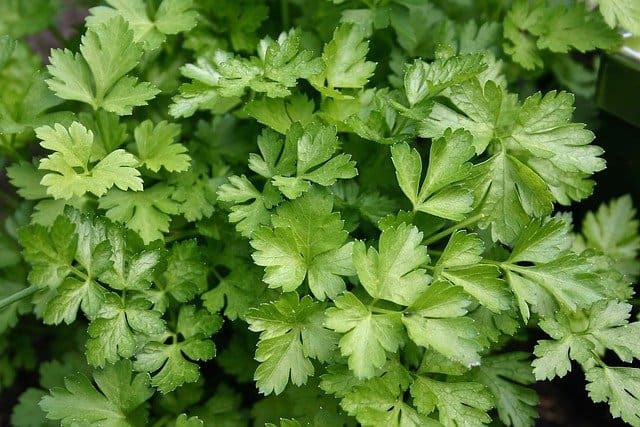
This post may contain affiliate links. If you buy something through these links, we earn a small commission at no cost to you.
Is parsley an annual?
In cold climates, parsley is an annual. In warmer zones, it can survive frost and will revive in spring for one more season, to produce flowers and go to seed. Once it does, the leaves turn bitter and no good for cooking. But you can gather seeds when the flowers drop them, so you could let the parsley overwinter and gather the seeds.
What variety of parsley is best to grow?
There are two main varieties of parsley: flat and curly. Like I said above, curly is the stuff you’re used to seeing as a garnish in restaurants. It’s fine, but flat is where it’s at, if you plan to use it in cooking.
- Curly (French) parsley works best as a garnish. It can also garnish your flowerbeds as an ornamental … consider growing it for visual appeal, and maybe steal a few sprigs here and there for the kitchen. Curly parsley does well in containers with flowers, as a green, textured companion to bright spring and summer colors.
- Flat (Italian) parsley is preferred for culinary use thanks to its stronger, brighter flavor. It’s easier to grow and more versatile in the kitchen. Flat parsley can be more heat tolerant as well. This is the variety I grow and recommend.

Growing parsley in pots
Growing parsley from seed
Like many greens but unlike some of its Mediterranean herb cousins (looking at you, basil), parsley is cold tolerant and can handle frost and low temps in warmer climates.
So when you’re trying to decide whether to start from seed or seedlings, remember you can start it fairly early from seed to get a head start on the season. Earlier timing is especially helpful if you’re in a warm climate.
Starting from seed is also cheaper than buying seedlings — one seedling can cost more than a packet with hundreds of seeds.
- About 8 weeks before the last expected frost in your area (the Farmer’s Almanac has a great calculator), plant several parsley seeds per cell in a seed starter kit. In warmer areas, zones 8 and warmer, you can also sow seeds in fall for a winter and early spring crop.
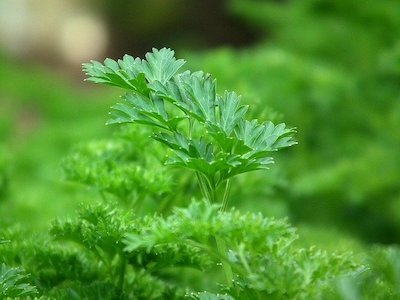
- Plant seeds ¼” deep in seed-starting mix or coconut coir, and mist to keep them slightly moist but not soggy. Soaking overnight first can help them germinate faster.
- Parsley is slow to germinate, so don’t be surprised if it takes three weeks or more to sprout.
- Once the seedlings have a set of true leaves, thin them down to one seedling per seed-starting container.
TIP: At this point, if they’re in small seed-starting cells and it’s still 2-3 weeks until your last frost date, you might (carefully) transplant them to 3-4” peat pots or the containers you plan to use for the season. Just keep them indoors in very sunny windows or under fluorescent plant growing lights, with a few inches of clearance.
- When the last chance of frost has passed, move the seedlings to containers outside. If they’re in peat pots, you can plant them directly in the containers you’re using for the season, to avoid root disruption. That’s the beauty of biodegradable peat.
- Be sure to harden them off before moving them fully outside. That ensures you won’t shock their little plant systems with sudden direct sun, wind, rain and heat.
Growing parsley from seedlings
Parsley is easy to start from seed, but if you don’t have the time, patience or a sunny window, seedlings work well too. Many local farmers markets, nurseries and garden stores will have parsley seedlings in spring.
TIP: Farmers markets are awesome places to find seedlings. They’re often grown organically, and you can talk to the grower for tips on growing in your local climate.… Find yours!
See below for advice on how to choose a container for your seedlings.
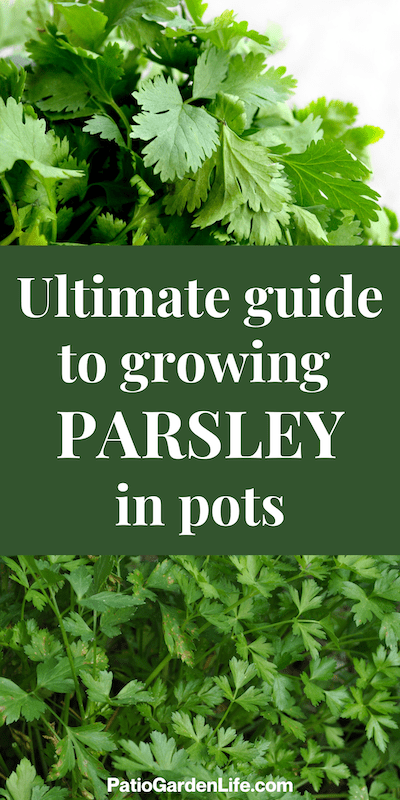
Growing parsley from cuttings
Another option: propagate parsley from cuttings off an existing plant. If you have access to a healthy parsley plant through a friend, neighbor or your own container garden, this is a good way to get a new plant going. Some even say fresh parsley sold in bunches at the grocery store can propagate using this method:
Find a healthy stem at least 3-4 inches tall with several leaves, and snip it close to the base. Strip leaves off the bottom ⅔ of the stem. Set it in a jar of water or a container with perlite or peat moss.
Keep the stem in a sunny window and water consistently. If it’s in a jar of water, change water twice a week. Roots should sprout within a few weeks and can then be planted in a container with potting soil and aged compost to encourage growth.
Choose a container and a sunny spot
Now you have a seedling or three … time to pick a container and get them settled!
Parsley likes: Sun to partial sun, cool to warm temps, moist soil
Parsley doesn’t like: Full shade, very hot temps, dry soil
Keep these preferences in mind when deciding where and how you’re going to plant your seedlings.
- Fill an 8-10” deep pot or container with good quality potting soil for each plant. Throw in a scoop of aged manure or some slow-release fertilizer (Jobe’s Organics fertilizer is my favorite) to give it a nutrient boost from the start.
- Parsley has a taproot like its relatives dill and parsnip, so don’t go any smaller than this size pot. You could grow two in a 12” pot, or paired with another herb or two in containers 12” or larger.
- Fabric grow bags are perfect for herbs — they’re versatile, help regulate moisture levels well, and you can easily move them throughout the season to stay in full sun. I recommend 5 gallon grow bags for one parsley plant or 10 gallon grow bags for two.
- Parsley likes consistently moist soil, so a fabric grow bag or a plastic or glazed container is a good idea, especially if you’re in a dry climate. Clay and terracotta pots pull out moisture and dry soil out more quickly between waterings.
- Park your parsley in full or partial sun at least 6-8 hours per day. If you’re in a very warm climate (zones 8-9 or hotter … check the zone map if you’re not sure), make sure your parsley has shade for part of the day, or move it mid-day to give it a break.

Growing parsley in containers
Watering instructions
Parsley needs consistently moist soil to produce prolific amounts of bright green leaves, ideally 1-2 inches per week. When the top inch or so is dry, water thoroughly … but don’t leave parsley sitting in soggy soil or you risk root rot. Be sure the container has at least one good drainage hole to keep water moving.
TIP: Parsley is one of the many plants that can benefit from some mulch in the pot. Even a thin layer of straw, wood mulch or other organic matter can help retain moisture. Keep the mulch a few inches away from the base of the stems, to prevent rot.
Fertilizer instructions
If you added some aged compost when you planted it, your parsley probably won’t need additional fertilizer. If it looks like it isn’t thriving or you just want to cover the bases, you can add a diluted water-soluble plant fertilizer like fish emulsion every month or so.
How to harvest parsley
When stems produce three leaves, they are technically ready to harvest. But waiting until the plant is at least 6 inches tall is best.
Harvest by snipping off outer stems at the base with sharp scissors or garden shears. This encourages regrowth, as cutting stems toward the top or inside inhibits growth.
You can harvest just a few stems at a time to use right away in the kitchen or gather more to keep in the fridge (expect three days shelf life) or preserve.
Just be sure not to harvest more than ⅓ of the plant at a time, unless the season is over and you’re harvesting the whole thing! If that’s the case, definitely get busy preserving …
Some good ways to preserve herbs include drying and freezing. Try freezing chopped fresh herbs in olive oil — you can save the cubes and use individually in soups, sauces or whatever you’re making. Pretty cool!
How to prune parsley
So if you’ve ignored parsley as an option for your container garden, now is a great time to give it a chance! It’s an awesome way to add some fresh, green flavor to soups, salads, sauces, pasta … so many possibilities. Why not add it to a large container with basil and oregano? Now that you know how to grow parsley in pots, you know it just needs a sunny or partially sunny spot and consistent watering. Totally doable and worth it!
Check out more ideas for your container herb garden:
- How to grow basil in pots
- How to grow oregano in pots
- How to grow thyme in pots
- Growing chamomile in pots
- How to grow dill in pots
- How to grow rosemary in pots
- How to grow catnip in pots
- Growing lemongrass in pots
- Growing garlic in pots

